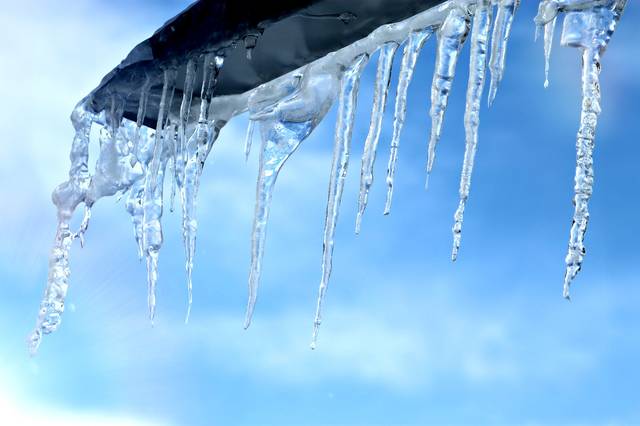https://naviga.triblive.com/local/regional/freezing-conditions-could-kill-plants-burst-pipes-weather-service-warns/
Freezing conditions could kill plants, burst pipes, weather service warns

A freeze warning will be in effect from midnight to 10 a.m. Wednesday.
Temperatures in the upper 20s are expected, according to the National Weather Service. The warning covers parts of Western Pennsylvania, east-central Ohio and northern West Virginia.
The cold will kill crops and other sensitive vegetation and could damage unprotected outdoor plumbing, the warning states.
Below freezing temperatures will likely impact crops and sensitive vegetation Wednesday morning. Therefore, a Freeze Warning has been issued for portions of our region. pic.twitter.com/MXeZFMMIyy— NWS Pittsburgh (@NWSPittsburgh) April 21, 2020
Residents are advised to take steps to protect tender plants from the cold. To prevent freezing and possible bursting, outdoor water pipes should be wrapped, drained or allowed to drip slowly. Those with in-ground sprinkler systems are advised to drain them and cover above-ground pipes to protect them from freezing.
This April is standing out for being cold.
The highest temperature recorded by the National Weather Service in Pittsburgh has been 70 degrees. If that holds, it will be the lowest maximum temperature ever recorded for the month.
The average temperature for the month is 45.9 degrees. That would be the coldest April since 1975, when the average temperature was 44.3 degrees.
Not to be the bearer of bad news, but...It is unlikely we will see high temperature at or above normal over the next week. And the @NWSCPC outlooks don't provide much hope over the next two weeks.
Oh, and we will continue to see periodic rain. #AprilShowersBringMayFlowers? pic.twitter.com/66zXALyvDq
— NWS Pittsburgh (@NWSPittsburgh) April 20, 2020
The average high for this time of year is 65, while the average low is 43, meteorologist Myranda Fullerton said.
Fullerton said below-average temperatures are expected through May 4 for the Great Lakes region and the entire Northeast. Outlooks show a chance for above average-temperatures later in summer.
Copyright ©2025— Trib Total Media, LLC (TribLIVE.com)
